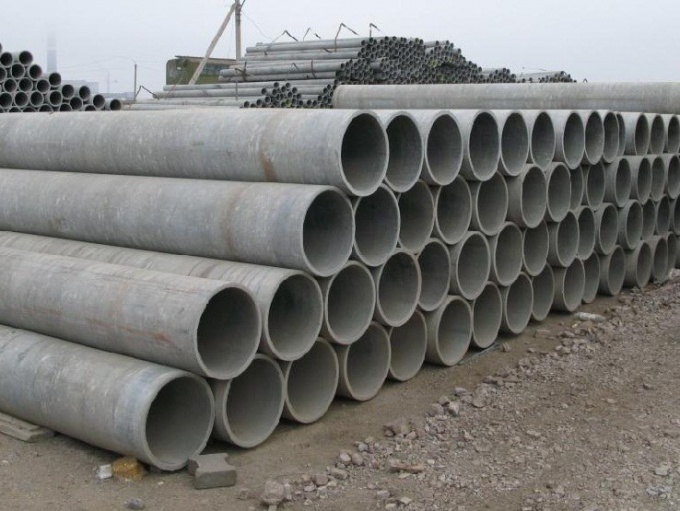Overview christinamarie
Composite material christensenand, which previously had trade name for asbestos cement, is obtained by hardening of a mixture consisting of water, Portland cement and chrysotile. The ratio of Portland cement in the finished material can be from 80 to 90% chrysotile – 10 to 20%. The unique properties of this material is due to the fact that chrysotile, which is popularly called the "mountain flax" is able to split into the finest fibers with increased tensile strength, elasticity, high adhesive and cohesive properties. These fibers reinforce concrete, increasing its strength and resistance to any external influences.
Kristillinen in which chrysotile fibers are in the bound state, inhibiting their release into the environment, safe. In addition, chrysotile in its composition does not react with the alkaline environment of the cement stone, so the material has a high resistance to corrosion. It is fireproof, not exposed to putrefactive bacteria, capable of a short time to withstand acidic environments. In addition, chrysochraon – a reliable insulator of electric currents, electromagnetic and radioactive radiation, it is characterized by low thermal conductivity and can withstand exposure to elevated temperatures. Today, the industry produces a wide range of products from christinamarie, including the pipes that find application in construction.
The types of chrysotile-cement pipes
Chrysotile-cement pipes are distinguished by the conditions: pressure and non-pressure. In addition, there is a gradation in size: the diameters of the internal cross-section can be from 100 to 500 mm, length – from 2950 to 5950 mm. non-pressure pipes are produced of two types: normal-marked and thin-walled BNT, marked BNTT. Chrysotile-cement pressure pipe are divided by purpose. Those used for water, labelled W, and is suitable for heat pipes, denoted TT. Depending on the magnitude of the calculated working pressure, they are divided into several classes and can be used in the absence of external loads under conditions of from 0.3 to 1.6 MPa.
Kristillinen has a low coefficient of thermal elongation, the linear dimensions do not change even at high temperatures.
The pipeline installation of chrysotile-cement pipes
When installing piping christinanity non-pressure pipes, designed for laying cables, sewer or drainage systems are used, one scheme: preparation of the trench, the drain or outlet ditches; delivery of pipes and joints to the point of placement; quality control; installation of pipelines; testing for tightness or permeability; backfilling of the pipeline.
Chrysotile-cement pipes and couplings sensitive to mechanical damage and shocks, so mounting them is produced with care, preferably in manual mode.
Connection of pipes among themselves produce by using a chrysotile-cement or plastic clutch, which is mounted on a concrete mortar, bitumen, special mastic or binder solution. Better sealing with the pipeline construction in wet soil can achieve with the use of hot bitumen. In a normal dry soils of well established coupling of polyethylene, which before installed on the ends of the tubes heated to 90-100C.
For the installation of chrysotile-cement pressure pipes that are often used together with steel are used flange connections or chrysotile-cement couplings and ferrules steel pipes face piercing holes, or weld them tips-nozzles, matching with an outer diameter of chrysotile cement pipe.
The use of chrysotile-cement pipes
In Russia, where the production of asbestos cement pipes began in 1932, already we have considerable experience in their application in various fields, including in construction. Their popularity stems from low cost, because the price of these pipes are 2-3 times cheaper than metal and a polymer, and the service life more than 50 years. In addition to pipelines of different purposes, chrysotile-cement pipes are used as trunks of refuse chutes and in the supporting pillars, piles in the construction of pile foundations, as well as casing pipes of wells. Septic tanks and tanks for the storage of solid waste in the Autonomous sewer systems is another area of application of this material. Of chrysotile-cement pipes are made of the drainage system – it made holes on their entire surface or only part of it.
In our country the scientific organizations of sanitary-epidemiological research, we studied the possibility of using criticamente pipelines for heating and hot water. It has been scientifically proven that the organoleptic, chemical and bacteriological properties of the water after passing through these pipelines has not changed, which was confirmed by the corresponding certificates.
